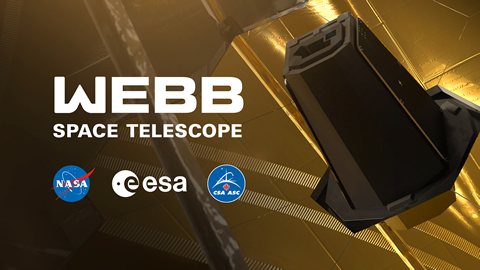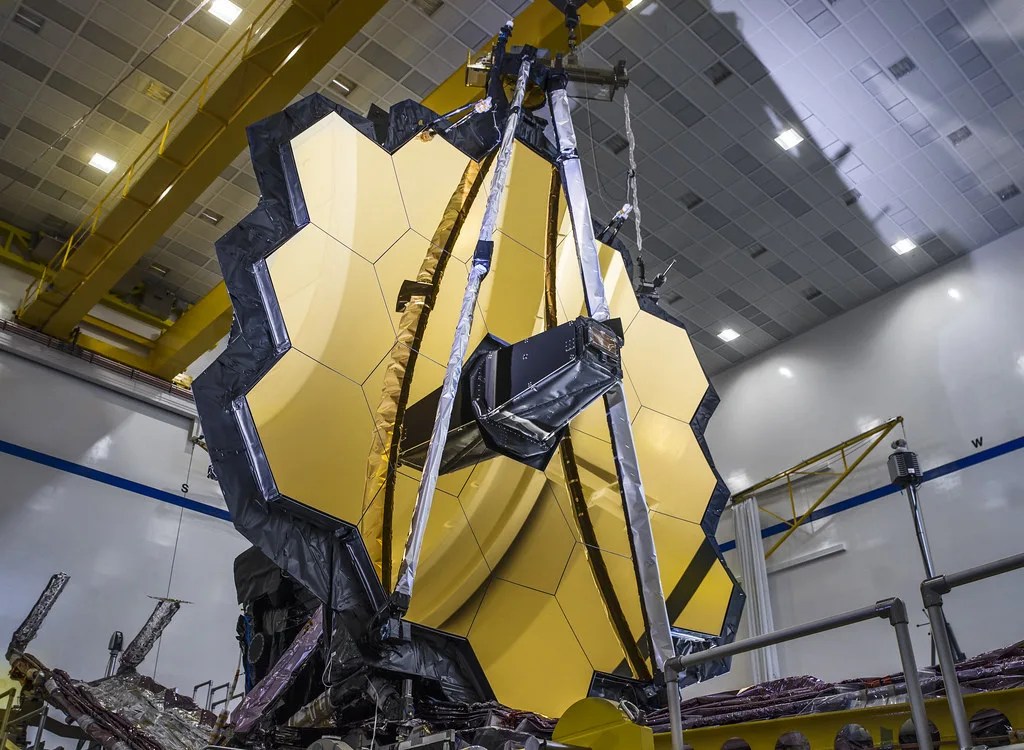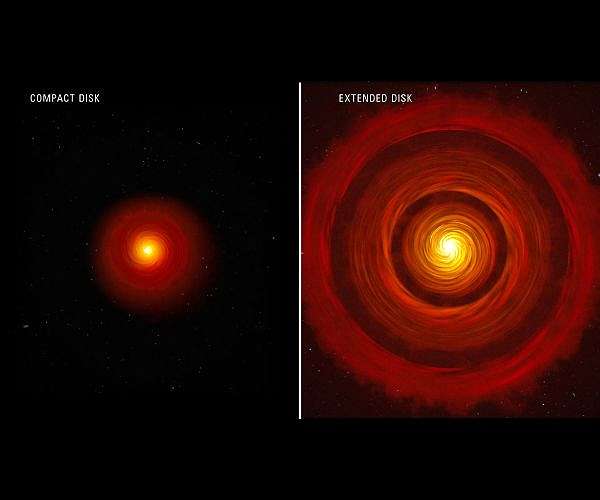NASA’s Webb Findings Support Long-Proposed Process of Planet Formation
Have you ever wondered how planets are formed? Well, NASA’s James Webb Space Telescope has made a groundbreaking discovery that sheds light on this long-debated topic. By studying water vapor in protoplanetary disks, Webb has confirmed a physical process that supports the theory of planet formation. In this article, we delve into the fascinating findings brought forth by the Webb telescope and explore the implications for understanding the origins of our own solar system and beyond.
Theories of Planet Formation

For decades, scientists have proposed various theories about how planets come into existence. One popular theory suggests that icy pebbles in the cold, outer regions of protoplanetary disks serve as the building blocks of planets. These pebbles are thought to drift inward towards the star, delivering both solids and water to the developing planets. However, until now, observing this process directly has remained a challenge.
Webb’s Breakthrough Discovery

NASA’s James Webb Space Telescope has changed the game by providing compelling evidence to support the theory of planet formation from icy pebbles. By studying protoplanetary disks and observing the release of water vapor as the pebbles move closer to the star, Webb has confirmed the long-proposed process of planet formation. This breakthrough finding opens up exciting possibilities for further investigating rocky planet formation.
Studying Water Vapor in Protoplanetary Disks
Webb’s research team utilized the Mid-Infrared Instrument (MIRI) to study four different protoplanetary disks around Sun-like stars. These disks varied in compactness and size, offering insights into different stages of planet formation. The observations focused on determining the water abundance in the inner rocky regions of the disks to establish the efficiency of pebble drift and water delivery to developing planets.
The Role of Pressure Traps
As the icy pebbles drift inward, they encounter regions of increased pressure known as pressure traps. While these traps do impede the pebble drift process, they also play a significant role in planet formation. They act as collection points for the pebbles, allowing them to accumulate and facilitate the formation of larger planetary bodies. These pressure traps have been observed in both compact and larger protoplanetary disks, providing further evidence for the existence of this crucial mechanism in planet formation.
Implications for Our Solar System
Studying planet formation processes in other star systems can provide valuable insights into our own solar system’s origins. Envision our solar system as a grand cosmic recipe where various factors came together to create our familiar planets. The discoveries made by the Webb telescope enhance our understanding of how these processes unfolded billions of years ago and shed light on the unique characteristics of our planetary neighborhood.
Conclusion

NASA’s Webb telescope has unveiled groundbreaking findings that substantiate the long-proposed process of planet formation from icy pebbles. The observations of water vapor in protoplanetary disks have provided crucial evidence and confirmed theories about the formation of rocky planets. This exciting discovery deepens our understanding of the universe and brings us closer to unraveling the mysteries of our own solar system.
Frequently Asked Questions

1. How does NASA’s Webb telescope study water vapor in protoplanetary disks?
The Webb telescope utilizes the Mid-Infrared Instrument (MIRI) to observe the presence of water vapor in protoplanetary disks. These observations help determine the water abundance in the inner rocky regions, shedding light on the process of planet formation.
2. What are pressure traps, and how do they contribute to planet formation?
Pressure traps are regions of increased pressure within protoplanetary disks. They impede the drift of icy pebbles but also serve as collection points for these pebbles, facilitating the formation of larger planetary bodies.
3. How does understanding planet formation in other star systems help us comprehend our own solar system?
Studying planet formation in other star systems provides us with valuable insights into the processes that occurred in our solar system’s early history. By comparing different systems, we can better understand the unique factors that shaped our planetary neighborhood.
4. What implications do Webb’s findings have for future space exploration?
The discoveries made by the Webb telescope pave the way for further exploration of exoplanetary systems and the search for habitable worlds. Understanding the process of planet formation is essential for identifying potentially Earth-like planets in distant star systems.
5. How does the confirmation of planet formation theories impact our quest for extraterrestrial life?
Confirming planet formation theories increases our optimism about the existence of habitable planets and the potential for extraterrestrial life. By unraveling the mechanisms behind planet formation, we can narrow down the regions of the universe that are most likely to harbor life as we know it.



Add Comment